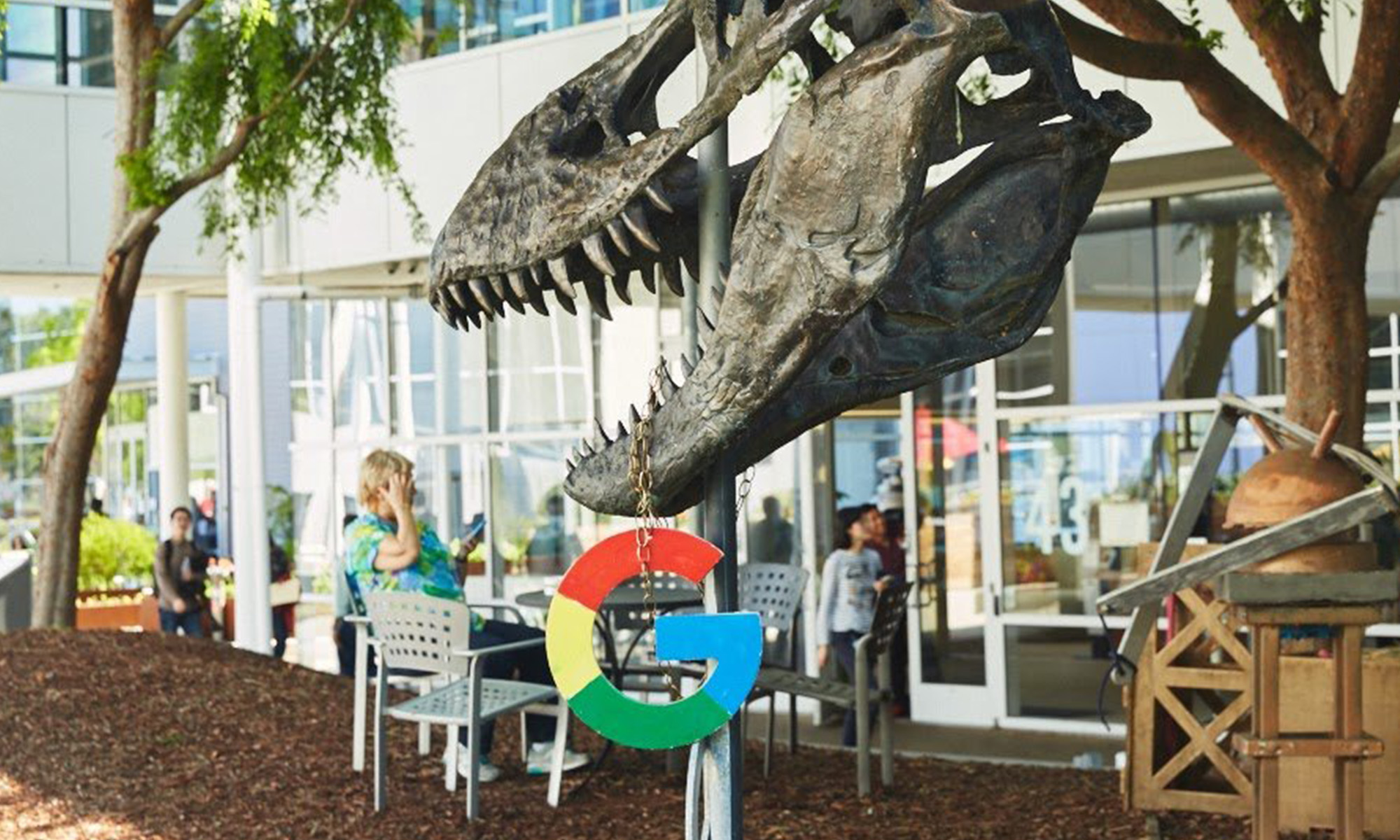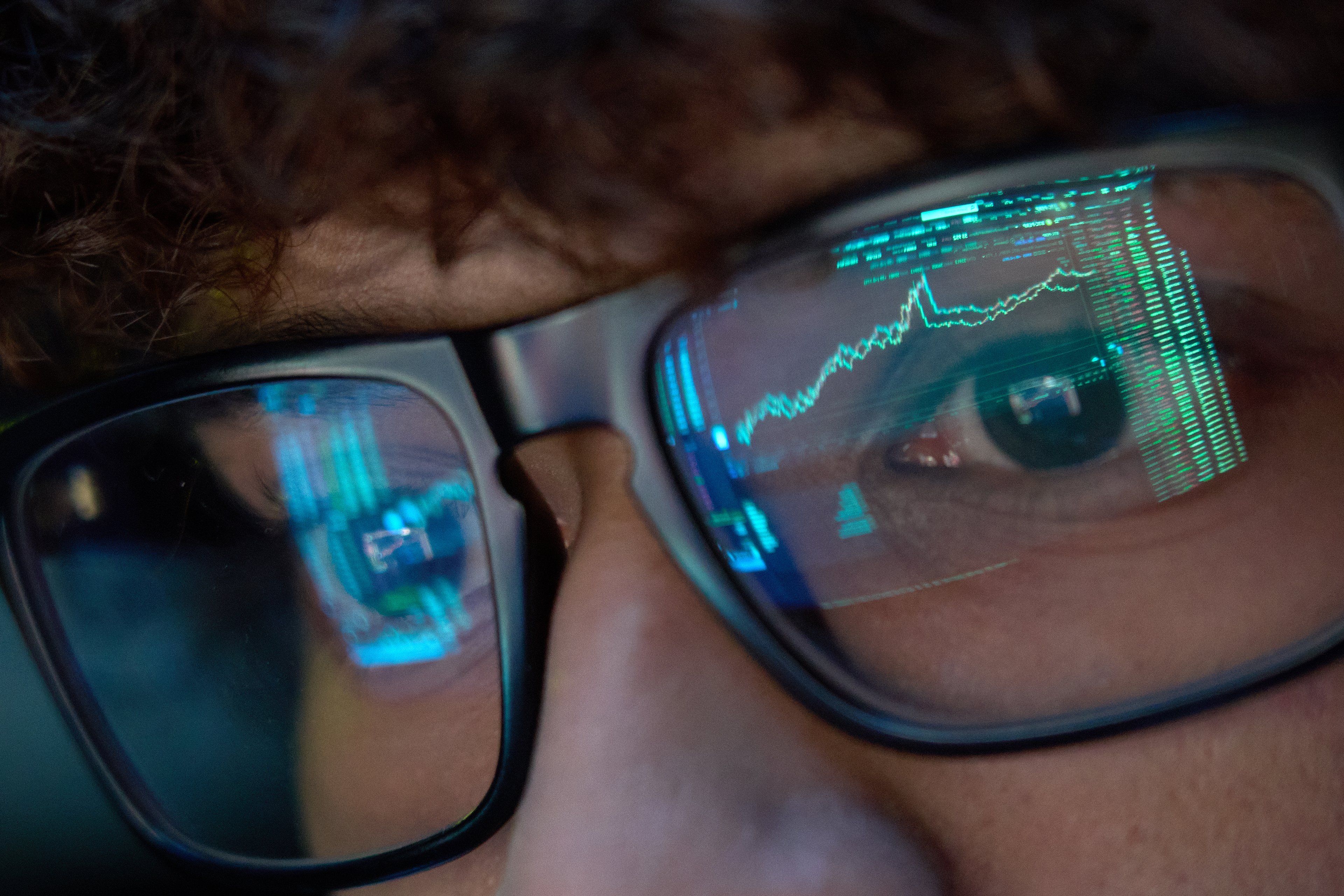A lot of investors have concerns about Facebook (FB 2.48%) and Alphabet (GOOG 0.07%) (GOOGL 0.08%) as their dominance of the digital advertising market comes into question.
Indeed, Amazon (AMZN 2.41%) represents a considerable threat to Facebook and Google in the digital advertising space. It's expected to grow its market share of U.S. digital ad sales from 4.1% in 2018 to 7% in 2019, largely at the expense of the duopoly, according to eMarketer.
Amazon is the most popular way to search for products on the internet -- the most valuable types of searches for Google -- and engagement on Facebook is stagnating. But focusing merely on the duopoly's share of the digital advertising market misses the big picture that's driving both of these companies' top and bottom lines.

Image source: Getty Images.
Digital advertising is dominating the the market
Instead of focusing on Google and Facebook's share of digital advertising, investors should look at the companies' share of the total advertising market.
Marketing spend on digital continues to grow 10% per year in the U.S. and even faster in international markets. Meanwhile, spending on television, magazine, newspaper, and radio advertising is fairly stagnant. As a result, digital advertising will grow from 40.2% of total U.S. advertising in 2018 to 44.6% in 2020, according to estimates from Zenith.
Facebook and Google are already the biggest players in the digital advertising space. With the market growing relatively quickly, it's no surprise the two companies, which combine for nearly $0.60 of every digital advertising dollar, are ceding market share to smaller competitors.
That doesn't mean Facebook and Google aren't able to grow or that Amazon and others are a major threat to their ability to keep growing. Marketers are smart to look at alternatives to the duopoly, but they'd have a tough time abandoning the two companies.
Facebook and Google offer marketers unparalleled reach and targeting. Facebook COO Sheryl Sandberg used to say Facebook has a Super Bowl on mobile every day. Google is still the only search engine worth talking about outside of China. And YouTube is racking up billions of hours of watch time every day. All that leads to more digital ad inventory than competitors and the targeting data needed to take full advantage of that inventory.
Facebook and Google's growing share of total advertising
Combining estimates from eMarketer and Zenith can provide investors with a view of how Google and Facebook continue to take share of advertising spend in the U.S. The two ought to combine to account for 24.9% of advertising spend in the U.S. in 2020, up from 23.2% last year.
The shift to digital is still very beneficial for Facebook and Google. And the factors driving that shift aren't going away.
Consumers continue to spend more time engaging with digital media. eMarketer estimates digital media consumption time overtook traditional media consumption last year. Digital video is the biggest driver of that shift, and both Google and Facebook are well-positioned in that regard. YouTube is a dominant force in ad-supported video while Facebook continues to expand video on its platforms via multiple features. And despite recent data privacy concerns, consumers continue to log into Facebook and Google every day.
The unparalleled return on investment offered by Facebook and Google make it the No. 1 stop for advertisers as they shift to digital. That's not going to change anytime soon.
Check out the latest Facebook earnings call transcript.









